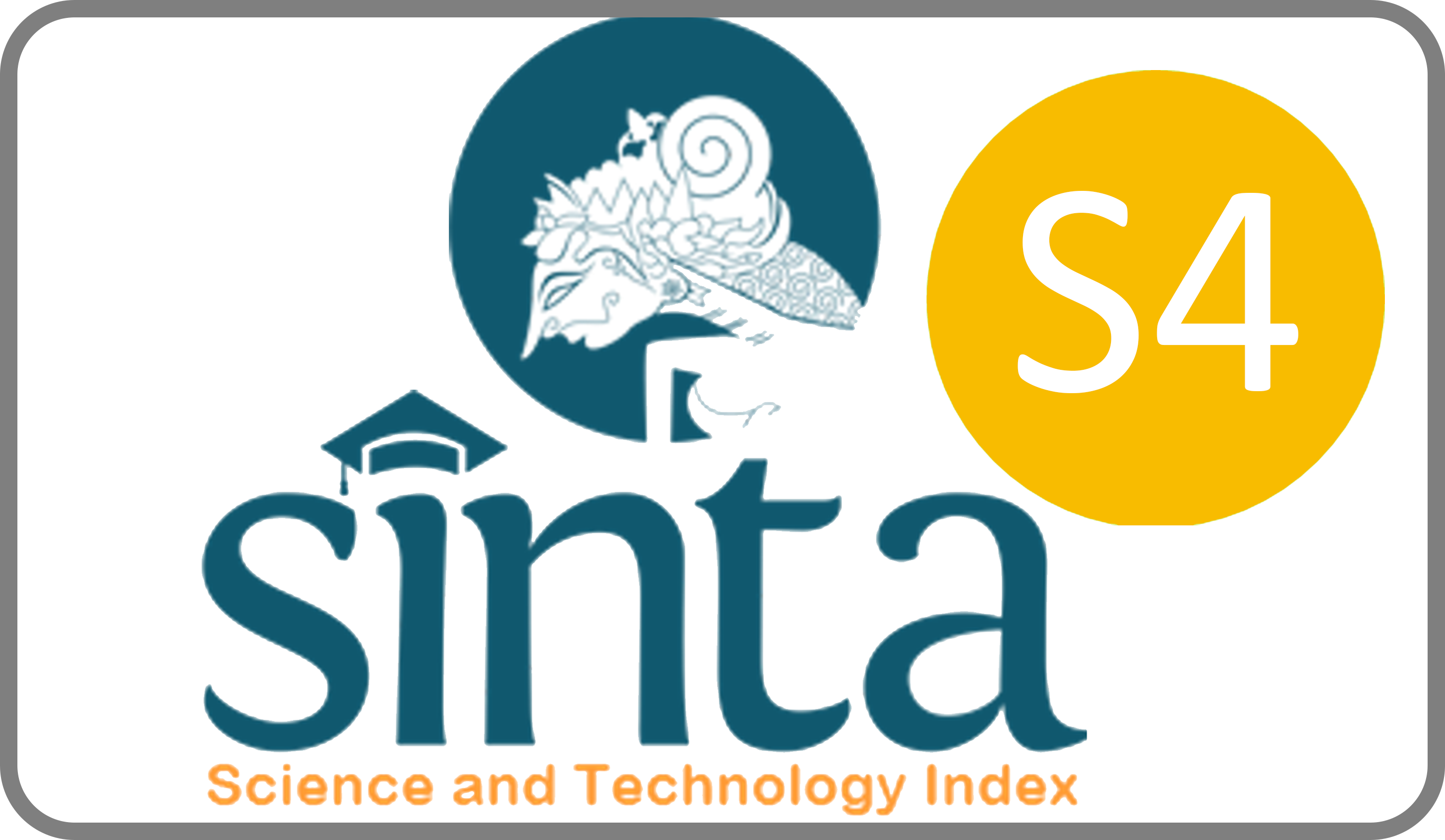EDUKASI PENETAPAN WAKTU HENTI OBAT HEWAN BAGI PETERNAK SAPI PERAH DI KABUPATEN SIDOARJO, JAWA TIMUR
Downloads
Food safety and the phenomenon of antimicrobial resistance have caused world problems since the beginning of 2019, while the abuse and use of antibiotic problems in fresh animal origin products (PSAH) are still common. The purpose of this training activity is to provide direct competency strengthening for farmers who are closely related to the use of antibiotics where PSAH obtained will be directly related to human health. A total of 50 dairy farmers were conducted training using the method of learning by doing and doing by learning using 3 stages of activities, namely (1) strengthening competencies face to face, (2) continued training in counting downtime of veterinary medicines using props, ending the application of tetracycline residue examination at PSAH and examples of milk residues. The results of the training show that there is mastery of training materials by the average farmer farmers controlled by 85%.
Abstrak
Keamanan pangan dan fenomena antimicroba resistance menjadikan persoalan dunia sejak awal tahun 2019, sementara penyalahgunaan dan penggunasalahan antibiotika pada produk segar asal hewan (PSAH) masih sering terjadi. Tujuan kegiatan pelatihan ini adalah untuk memberikan penguatan kompetensi langsung terhadap peternak yang erat kedekatannya dengan penggunaan antibiotika dimana PSAH yang diperoleh akan langsung berhubungan dengan kesehatan manusia. Sejumlah 50 peternak sapi perah dilakukan pelatihan menggunakan metode learning by doing dan doing by learning menggunakan 3 tahapan kegiatan yaitu (1) penguatan kompetensi secara tatap muka, (2) dilanjutkan pelatihan penghitungan waktu henti obat hewan menggunakan alat peraga, diakhiri penerapan pemeriksaan residu tetrasiklin pada PSAH dan contoh adanya residu apada susu. Hasil pelatihan menunjukkan terdapat penguasaan materi pelatihan oleh petani peternak rerata dikuasai 85%.
Badan Perencanaan Pembangunan Daerah Pemerintah Kabupaten Sidoarjo Tahun Anggaran 2019. 2019. Data Dinamis Kabupaten Sidoarjo Triwulan II 2019. http://bappeda.sidoarjokab.go.id/download/file/145eadbda34f257b75b28e3f79b920b7.pdf. Disitasi tangal 14 Agustus 2019.
Bambang H, Nuraini F, Roostantia I, 2006. Peningkatan Pengetahuan Residu Bahan Kimia Berbahaya Produk Olahan Asal Hewan Melalui Pelatihan Petugas Laboran Dinas Peternakan Kabupaten Kota Provinsi Jawa Timur. Laporan Pengabdian Kepada Masyarakat, Fakultas Kedokteran UNAIR:
Berita Inovasi Jawa Timur, 2018. https://www.inovasi.or.id/wp-content/ uploads/2018/08/180806- Newsletter-Jatim-min.pdf Disitasi tangal 14 Agustus 2019.
Lazuardi M, 2011. Model Pendidikan Live Skill Penulisan Resep Untuk Calon Dokter Hewan. Jakarta: Pandu Aksara.
Lazuardi, M. 2017. Calculated Withdrawal Time by Lazuardi Equation Method. Proceeding Kongress Nasional III Asosiasi Farmakologi Dan Farmasi Veteriner Indonesia, Oktober 2017. Fakultas Kedokteran Hewan UNAIR: Surabaya.
Lazuardi, M. 2019. Bagian Khusus Ilmu Farmasi Veteriner. Edisi 1. Surabaya: Airlangga University Press.
Ming-Yang Tsai, Chuen-Fu lin, Wei-Cheng Yang, Chien-Teng Lin, Kuo-Hsiang Huang. 2019. Health Risk Assessment of Banned Veterinary Drugs and Quinolone Residues in Shrimp Through Liquid Chromatography-Tandem Mass Spectrometry. Appl. Sci. 9. 2463.
Office International des Epizooties, 2018. "OIE Competency Guidelines for Veterinary Paraprofessionals”. World Organisation for Animal Health 12, rue de Prony 75017 Paris, France, DOI: http://dx.doi.org/10.20506/PVS-2758.
World Health Organization, 2018. WHO Technical Report Series 1008: Evaluation of Certain Veterinary Drug Residues in Food. Sitasi di: https://apps.who.int/iris/bitstream/handle/10665/259895/9789241210171-eng.pdf;jsessionid=AB8F9D0E085311803EE5DA8B9EC5246D?sequence=1. (1-09- 2019)
JLM by Unair is licensed under a Creative Commons Attribution-ShareAlike 4.0 International License.
1. The journal allows the author to hold the copyright of the article without restrictions.
2. The journal allows the author(s) to retain publishing rights without restrictions
3. The legal formal aspect of journal publication accessibility refers to Creative Commons Attribution Share-Alike (CC BY-SA).
4. The Creative Commons Attribution Share-Alike (CC BY-SA) license allows re-distribution and re-use of a licensed work on the conditions that the creator is appropriately credited and that any derivative work is made available under "the same, similar or a compatible license”. Other than the conditions mentioned above, the editorial board is not responsible for copyright violation.


















